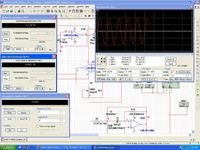sameerdhiman
Member level 5

LvW: Could you please send me the rough schematic of two integrator based oscillator because this would be a great exercise for my brain also. If I could not solve it my self I am gonna ask you WHY? So be prepared.



